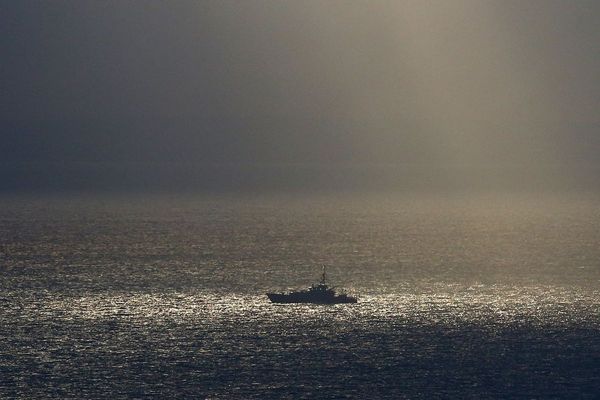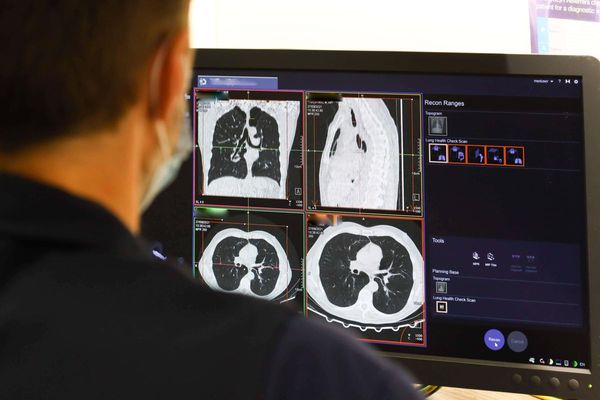
At Nasa, 2019 could be called the year of the woman. In October, astronauts Christina Koch and Jessica Meir completed the first all-female spacewalk. Koch also is on her way towards 328 days aboard the International Space Station – the longest single space mission by a woman.
Meanwhile, Nasa is planning a lunar mission called Artemis, named after the twin sister of Apollo, which the agency says would put “the next man and the first woman on the moon” by 2024. The aerospace industry also boasts an unprecedented number of women in high-ranking positions, including Leanne Caret, who leads Boeing’s defence and space division, and Gwynne Shotwell, the president and chief operating officer of SpaceX.
But for all the high-profile appointments and record-breaking feats, women remain an overwhelming minority among the rank and file at Nasa and in the wider industry. Women make up only about a third of Nasa’s workforce. They comprise just 28 per cent of senior executive leadership positions and are only 16 per cent of senior scientific employees, according to a survey done by the agency.
In the aerospace industry, only 24 per cent of employees are women, and there has been little change in years, according to a study carried out by Aviation Week.
For many, another example of how far the agency has to go came just a few weeks ago when Nasa announced its “honour awards”, what it calls its “highest form of recognition” to employees and contractors. In total, 42 people were honoured. All but two were men.
“We haven’t moved very much in the last 30 years in overall diversity,” said Mary Lynne Dittmar, the president and CEO of the Coalition for Deep Space Exploration, an industry group. “Aerospace is still heavily male and white, and we’re not moving very quickly.”
Though perhaps not as overt as the early days of the space agency, when women were “hidden figures”, sexism persists in an industry long dominated by white men. That has led women to leave science and engineering jobs at rates higher than their male counterparts. Women still struggle to get a foothold in the industry and often find themselves the only women in meetings dominated by men. Or being asked to fetch coffee. Or being called “honey”.
“That’s Dr Honey to you, and the coffee machine is down the hall and to the right,” is how Dittmar, who has worked in senior positions at Boeing and as an adviser to Nasa, responds.
“Frankly, those attitudes have gotten better but they haven’t completely gone away,” says Ellen Stofan, the head of the National Air and Space Museum who previously served as Nasa’s chief scientist. “To pretend they have does not help us understand why women get paid 80 cents on the dollar and are still only making up 16 to 30 per cent of the workforce.”
While the aerospace industry hasn’t been swept up in the recent #MeToo movement, it has over the years been hit by the occasional high-profile scandal. In 2012, Lockheed Martin’s incoming CEO was forced out because of an affair with a subordinate, and in 2010, Boeing settled a pair of lawsuits filed by the US Equal Employment Opportunity Commission alleging sex discrimination.
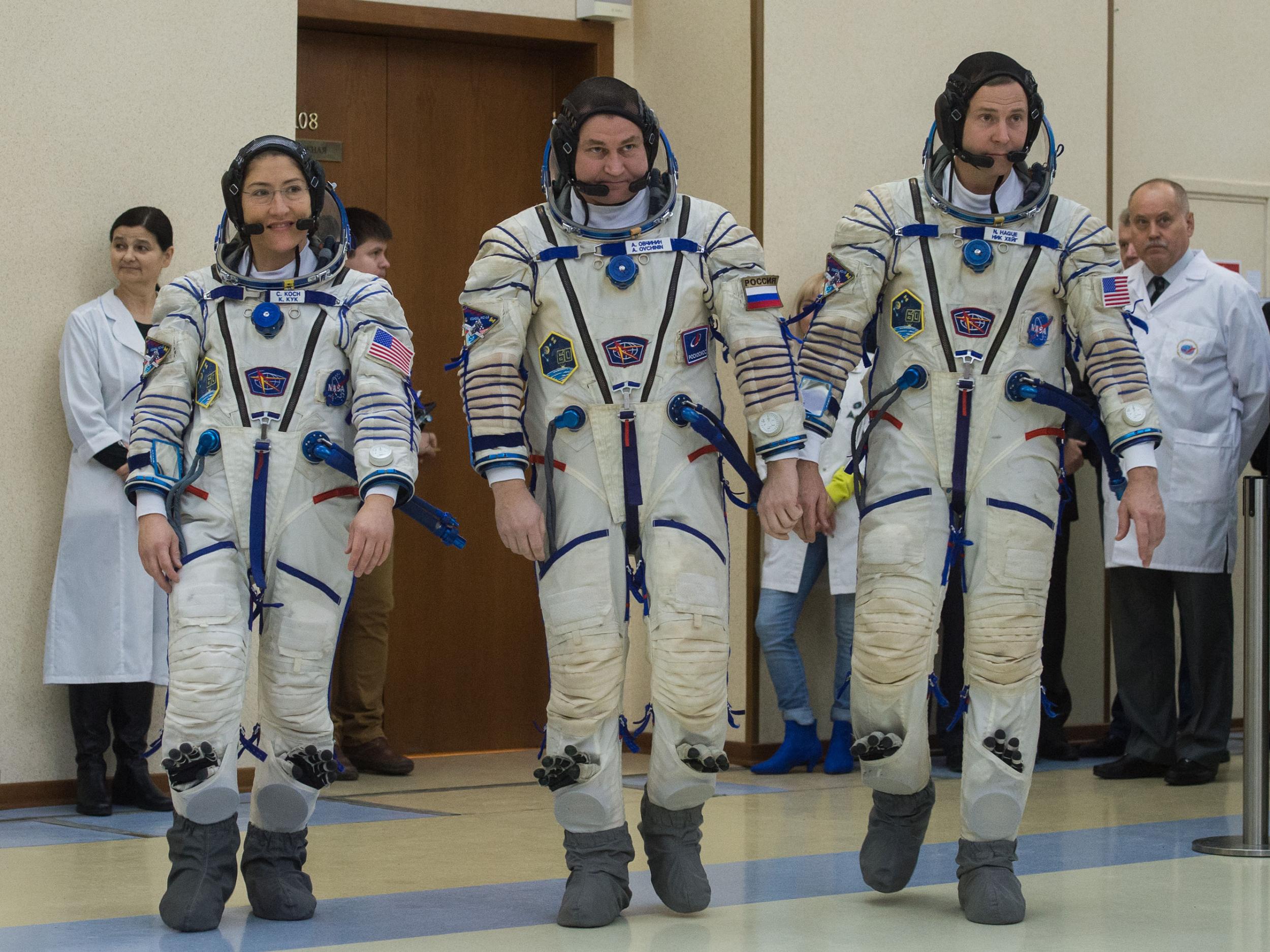
In one, two female engineers said they were subjected to sexist remarks and then suffered retaliation when they complained. In the other, a female employee alleged that her male counterparts harassed her and broke her tools, making it harder for her to do her job.
The employee reported the behaviour, the Equal Employment Opportunity Commission (EEOC) said at the time, “but the company did nothing to address it. As a result, the harassment continued.”
At Nasa, which has about 17,000 employees, there were 62 EEOC complaints last year, 27 of which were on the basis of sex, according to agency statistics.
While that is not a large number, EEOC spokesperson Christine Nazer says “it can be a difficult decision for individuals to come forward to file a charge of discrimination with the EEOC. Employees often fear retaliation such as being fired or demoted if they assert their legal rights. Indeed, retaliation is the most frequently filed charge with the EEOC.”
Major corporations such as Boeing and Lockheed say that they go to great lengths to ensure that all employees are welcomed and that they have robust programmes to prevent harassment and to protect those who do report it.
Women in the industry acknowledge some improvement in the way they are treated, but cultural change has been slow. Even a term such as “manned spaceflight” continues to be controversial.
In the early 2000s Nasa’s style guide was updated to include a section urging that “all references to the space programme should be non-gender specific (eg human, piloted, unpiloted, robotic, as opposed to manned or unmanned).”
The word “manned” should only be used, the style guide said, when referring to any “historical programme name or official title that included ‘manned’”.
Koch says she was happy to see the term fading from use. “It’s been really nice to see that in the last several years, a lot of that language has been replaced,” she says. “Even though that language is meant to represent all of humanity, it does conjure up images of men being the main participants.”
But debate still surrounds it. In October, a chat board for members of the American Institute of Aeronautics and Astronautics (AIAA) hosted a spirited discussion of the term, with some arguing that “manned” refers to all humans and, as one put it, “the word itself has nothing to do with gender”.
That incensed Lori Garver, a former Nasa deputy administrator, who wrote on the message board that “if we want to encourage women or non-conforming genders to be a part of our next grand adventure, it would serve us well to remove ‘manned’ from our lexicon”.
AIAA executive director Dan Dumbacher says the institute “prefers to use ‘crewed’ or ‘human’ rather than ‘manned’ when referring to space travel in our publications and on AIAA.org. Increasing the diversity of the aerospace community and the future workforce has been – and continues to be – a mission priority for AIAA.”
The debate became so heated that ultimately the organisation decided to shut down the discussion board, asking members to write statements “with empathy and respect for your fellow members”.
It wasn’t until 1978, nearly two decades after John Glenn and the rest of the Mercury Seven had been chosen to go to space, that Nasa selected its first female astronauts – six of a class of 35. One of those was Sally Ride, who five years later would become the first American woman in space.
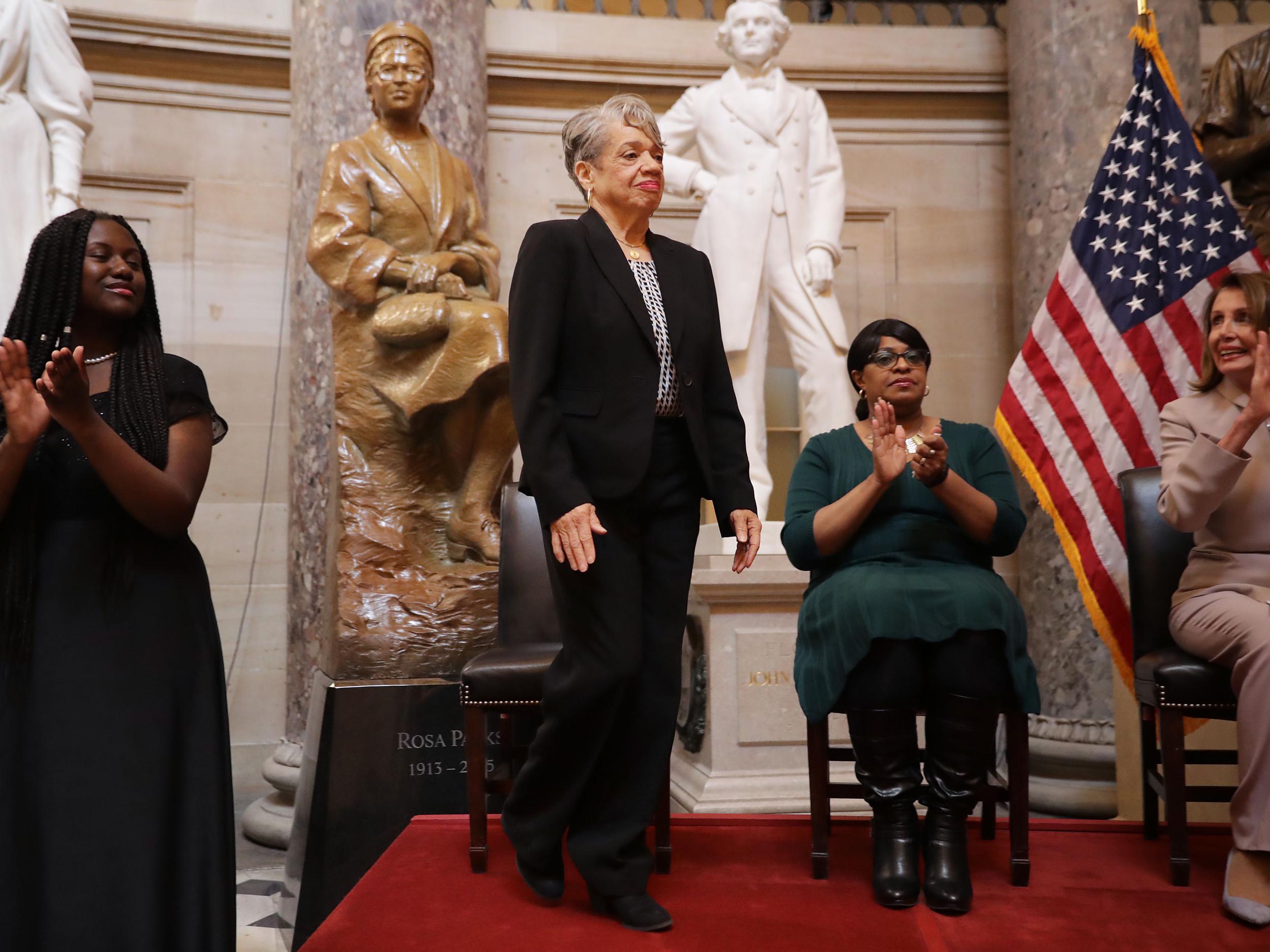
Kathy Sullivan was a part of that class and says Nasa was welcoming to the women. “Very open and evenhanded,” she says. Then again, “walking in the door of Nasa with the title of astronaut is like walking around the Navy with the title of admiral”.
In many ways, the Nasa astronaut class of 2013 was typical: full of overachievers, the best of the best, chosen from more than 6,000 applicants. The group of eight all had the right stuff, and more – six military officers, two scientists. Typical except for one detail: for the first time, there were as many women as men.
Jim Bridenstine, Nasa’s administrator, says the agency is making great strides in hiring and promoting women, adding that three of the agency’s four science mission directorates now are led by women.
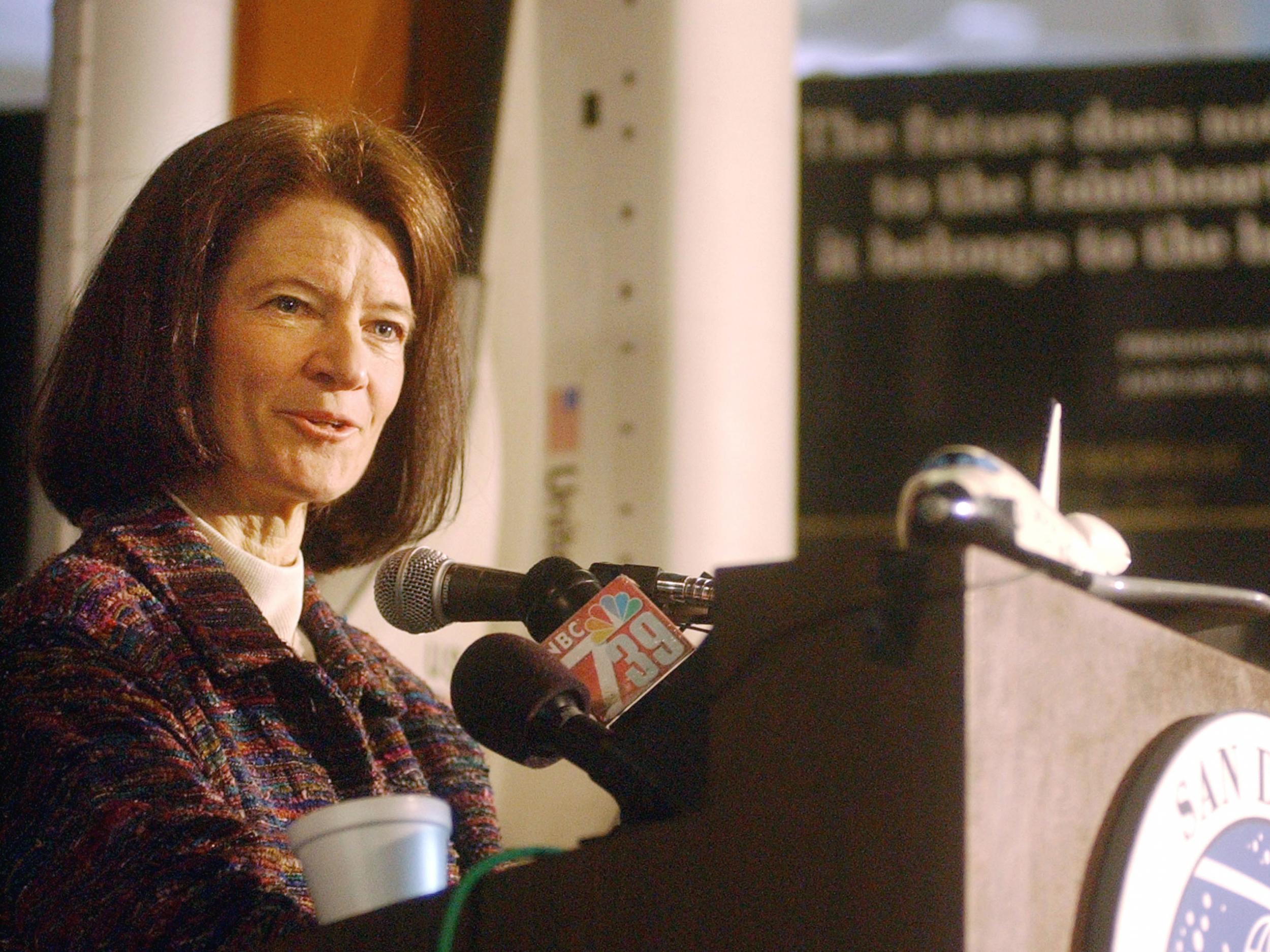
“We’re making significant progress in this area and have been for a number of years,” he says. “We’re not done. There’s a lot more to do.” And he said events like the all-female spacewalk last month are “what inspires tomorrow’s astronauts, and we want tomorrow’s astronauts to represent all of America”.
It’s not just at Nasa. Several major aerospace firms have women in top leadership positions. Marillyn Hewson is the chief executive of Lockheed Martin, and Aerojet Rocketdyne’s CEO is Eileen Drake.
But for more women to get to the C-suite, many think that more opportunities should be available to women earlier in life. That’s why Garver, the former Nasa deputy administrator, started a fellowship for undergraduate women that places them at aerospace companies across the country. “It’s important to support them, not just through mentorship, but get them actual jobs,” she says.
The programme has graduated 114 women over three years, creating a support group of women who can talk about the difficulties of breaking into an industry where women have long been a minority and faced discrimination.
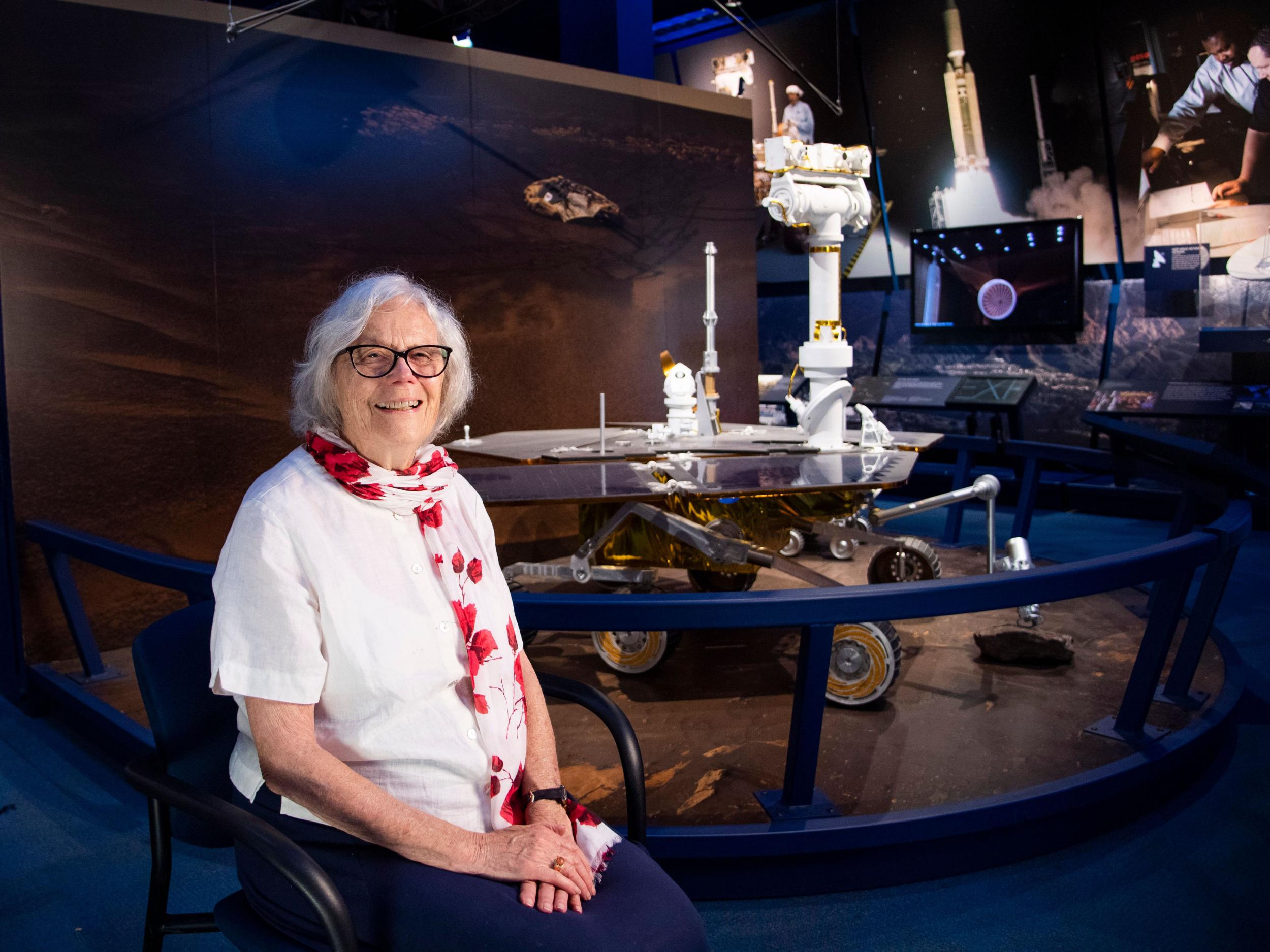
When Stofan became head of the National Air and Space Museum, she saw it as not only a “symbolic” opportunity but also as a chance to showcase women in aerospace. “Whose stories are we telling in the museum?” she asked shortly after starting the job, and decided to highlight the contributions of Margaret Hamilton, who worked on computer guidance systems during Apollo, and Katherine Johnson, one of the African American women whose work on the Mercury programme was told in the film Hidden Figures. Stofan also oversees a summer camp for middle school girls at the museum called She Can.
Women are still an overwhelming minority in many university engineering programmes, something that remains a drag on female employment in the industry. Harvey Mudd College in California has been working for more than 15 years to attract women to its science, math and engineering programmes, where they now represent nearly 50 per cent of the enrolment. One of the biggest steps in that effort was to hire female professors.
“People always talk about how representation matters,” says Nancy Lape, an engineering professor who is the interim chair of the engineering department. “I think this is one of those cases. So right away, when students come into our programme, they see women, and they see women in leadership positions.”
Much of the work focuses not just on lectures but also on hands-on learning – students get into a pool with an underwater robot for their introductory course – which she said has been shown to reduce learning gaps between the general student population and underrepresented groups.
Professors also encourage teamwork among students, which can help women and minorities “get a chance to really feel like they belong”.
Female participation also has been on the rise at Space Camp, where adults and children go to learn about space, aviation and robotics at the US Space and Rocket Centre in Alabama. When it started 37 years ago, 32 per cent of Space Camp attendees were women. Today, women are 42 per cent.
“That’s a little bit of a slow climb over 37 years,” says Deborah Barnhart, the camp’s director. “I hope it doesn’t take us another 37 years to get to 52 per cent, but that’s where we should be.” The camp works with the Girl Scouts to make space-related badges attendees can earn.
It also highlights the accomplishments of its graduates, who include Koch, the Nasa astronaut on the space station. One of 12 women serving in the astronaut corps, she could be chosen by Nasa to be the first woman to walk on the moon and become a Neil Armstrong for a new generation.
“The idea of having the honour of being the first woman to walk on the moon is almost too great to fathom,” she told reporters from the space station. “Of course it would be a dream of mine and has been my entire life. But for now I’ll settle for knowing that I’ll probably at least know the first woman to walk on the moon.”
© Washington Post



